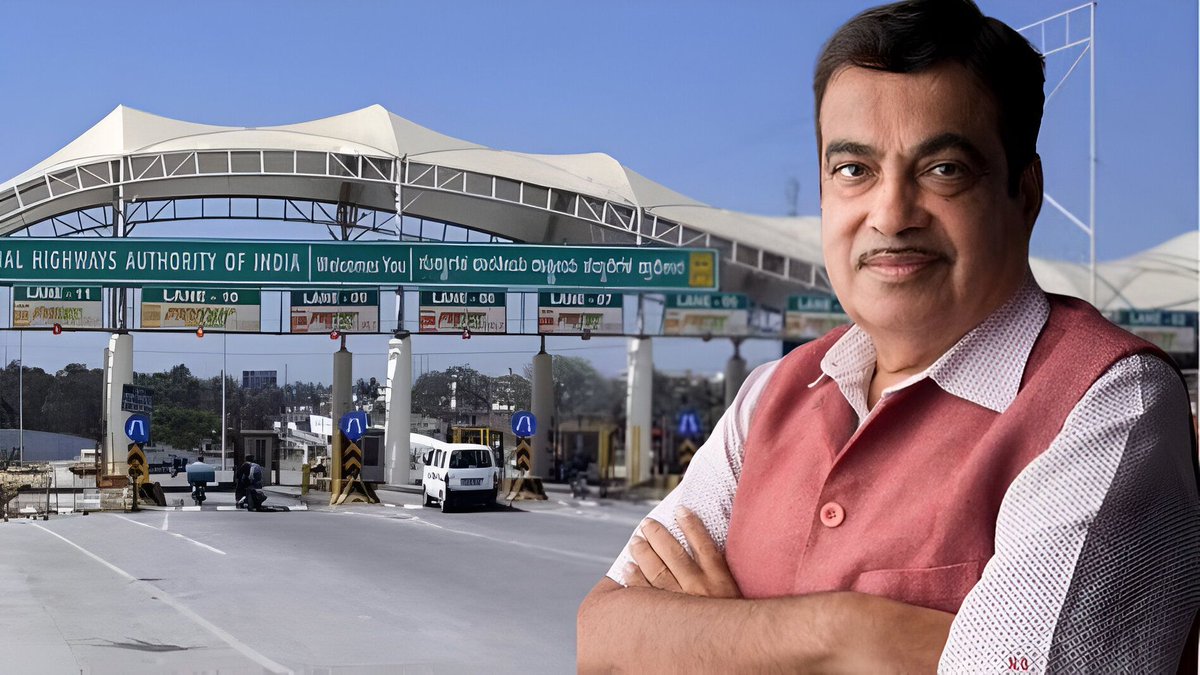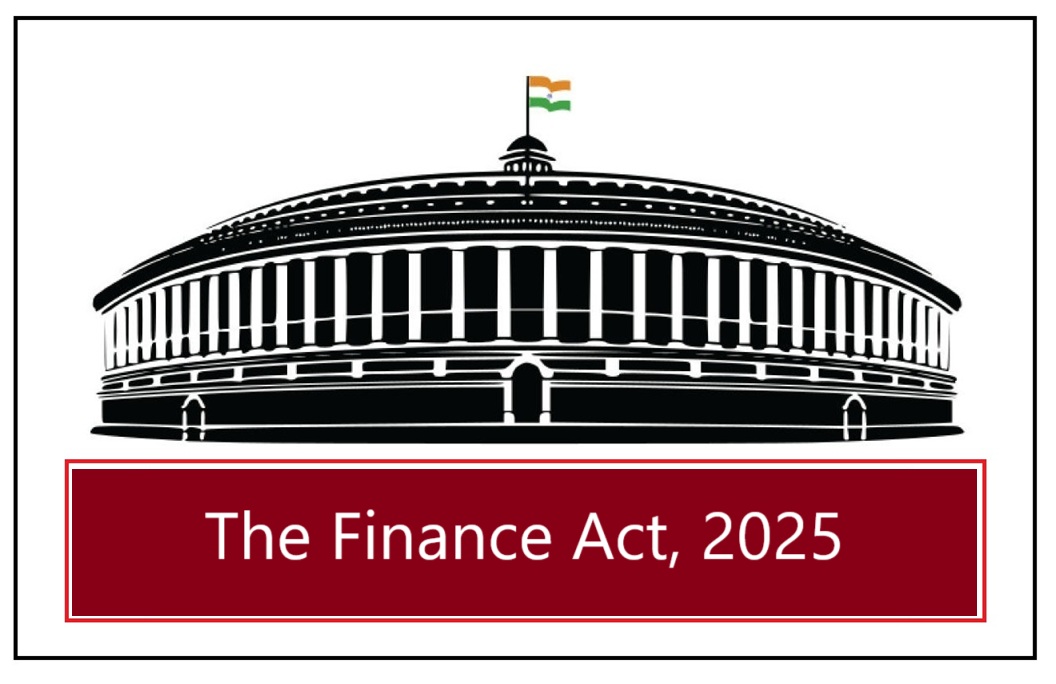
India’s Massive Highway Expansion: 25,000 km to Get a Four-Lane Upgrade for ₹10 Trillion
Full Details:
- Announcement Date: March 27, 2025
- Project Scope: Conversion of 25,000 km of two-lane highways into four-lane highways
- Estimated Cost: ₹10 trillion (₹10 lakh crore)
- Timeline: Targeted completion within two years
- Announced By: Nitin Gadkari, Union Minister for Road Transport and Highways
- Objective: Enhance road safety, improve connectivity, and reduce travel time
- Reviewed On: March 30, 2025
India’s Massive Highway Expansion: 25,000 km to Get a Four-Lane Upgrade for ₹10 Trillion
India’s road infrastructure is gearing up for a monumental transformation. On March 27, 2025, Union Minister for Road Transport and Highways Nitin Gadkari announced a bold plan to convert 25,000 km of two-lane highways into four-lane highways at an estimated cost of ₹10 trillion (₹10 lakh crore). This ambitious project, revealed during a Lok Sabha session, underscores the government’s commitment to modernizing the nation’s transportation network, reducing road accidents, and boosting economic growth through enhanced connectivity.
A Vision for Safer and Faster Roads
Speaking during Question Hour in the Lok Sabha, Gadkari emphasized that this highway expansion is more than just an infrastructure upgrade—it’s a lifeline for a country grappling with road safety challenges. “We are planning to convert 25,000 km of two-lane highways into four-lane highways at a cost of ₹10 trillion,” he stated, adding that detailed project reports (DPRs) are already in the works. The goal? To complete this massive undertaking within two years, a timeline that reflects both urgency and optimism.
The minister highlighted the pressing need for this initiative by pointing to India’s alarming road accident statistics. With approximately 480,000 accidents annually resulting in 188,000 deaths—mostly among the 18-45 age group—the country loses 3% of its GDP to these tragedies each year. By widening highways, the government aims to slash these numbers significantly, aligning with its broader target of reducing road mishaps by 50% by 2030.
Why Four Lanes Matter
Two-lane highways, while functional, often struggle to handle India’s growing traffic volume, especially in high-density areas. Converting them into four-lane roads—two lanes in each direction—promises smoother traffic flow, reduced congestion, and safer driving conditions. This isn’t just about adding lanes; it’s about creating a network that can support India’s booming population and economy. Gadkari’s vision includes prioritizing highways with vehicle density exceeding 10,000 passenger car units (PCUs), ensuring the most critical routes get upgraded first.
Beyond safety, the project is set to revolutionize travel times. For instance, ongoing efforts like the Jammu-Srinagar highway upgrade (part of separate initiatives) will cut travel time from seven hours to just three and a half. Similar benefits are expected across the 25,000 km targeted in this plan, making road travel faster and more efficient for millions.
A ₹10 Trillion Investment in Progress
At ₹10 trillion, this is one of the largest single investments in India’s highway infrastructure to date. To put it in perspective, that’s roughly $117 billion USD, a figure that signals the scale of ambition here. The funding will cover everything from land acquisition to construction, with the National Highways Authority of India (NHAI) and other agencies already mobilizing resources. Gadkari assured that the DPRs are nearing completion, setting the stage for work to begin soon.
This isn’t a standalone effort either. Alongside this, Gadkari revealed plans to convert 16,000 km of national highways into six-lane roads for an additional ₹6 trillion. Together, these projects represent a ₹16 trillion push to make India’s highways rival those of developed nations like the United States—a goal the minister has boldly claimed could be achieved within two years.
Beyond the Lanes: A Broader Impact
The ripple effects of this highway expansion will extend far beyond smoother drives. Economically, better roads mean faster goods transport, stronger supply chains, and more opportunities for businesses in rural and urban areas alike. Regions like Jammu and Kashmir, the Northeast, and hilly states such as Himachal Pradesh and Uttarakhand—long prioritized by the Modi government—will see significant connectivity boosts. For example, ₹2 trillion worth of road projects, including 105 tunnels, are already underway in Jammu and Kashmir alone.
Then there’s the engineering marvel angle. Gadkari spotlighted the Zojila Tunnel, poised to be Asia’s longest, which will be completed at ₹5,500 crore—down from an initial ₹12,000 crore estimate. Such cost efficiencies hint at the innovative approaches driving this expansion.
Challenges Ahead
Of course, a project of this magnitude isn’t without hurdles. Land acquisition, environmental clearances, and timely execution will test the government’s resolve. Past critiques, like those on X suggesting new tolls or persistent issues like speed bumps and wrong-side driving, remind us that implementation matters as much as intent. Yet, with Gadkari’s track record—India’s highway network grew from 96,000 km in 2014 to 146,000 km by 2023—the optimism isn’t unfounded.
The Road to 2027
If all goes as planned, by March 2027, India could boast an additional 25,000 km of four-lane highways, bringing its total network closer to the 200,000 km mark—a target set for 2025 but likely to be surpassed with these new initiatives. As Gadkari put it, this is about building roads that are “better than the U.S.” in quality and reach. Whether that bold claim holds true remains to be seen, but one thing’s clear: India’s highways are on the fast track to transformation.
What do you think of this massive infrastructure push? Will it deliver the safety and connectivity India needs? Share your thoughts below!

Can AI Block You on Twitter? Understanding AI-Powered Moderation
Explore how artificial intelligence is used on Twitter for content moderation, account restrictions,...

The Gorakhpur Tragedy, August 2017 — A Dark Chapter in India's Healthcare
In August 2017, India woke up to one of the most heartbreaking and shocking news headlines — over ...
The 2008 IBN7 Cash for Vote Sting Operation — Exposing the Dark Side of Indian Politics
The 2008 IBN7 Cash for Vote Sting Operation — Exposing the Dark Side of Indian Politics

